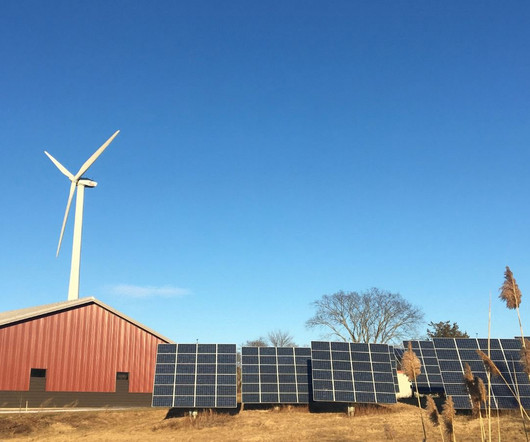Three Reasons Why Spring is a Great Time for Renewable Energy
Union of Concerned Scientists
MAY 30, 2023
That lower-than-expected electricity demand also makes spring (and the other “shoulder” season, fall) the go-to seasons for fossil fuel and nuclear power plants to go offline for scheduled maintenance—or refueling, in the case of the nuclear plants. That means that there are fewer of them competing to supply demand.














Let's personalize your content